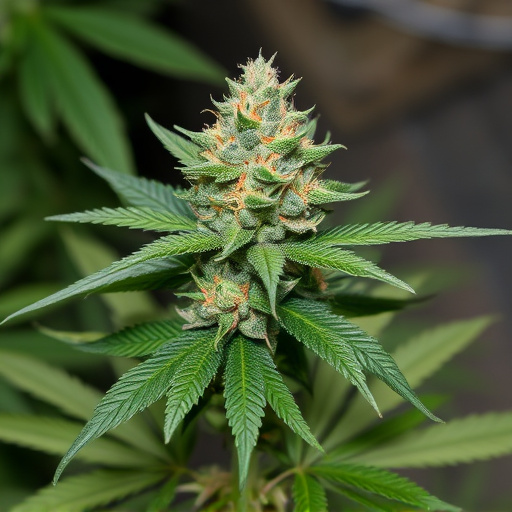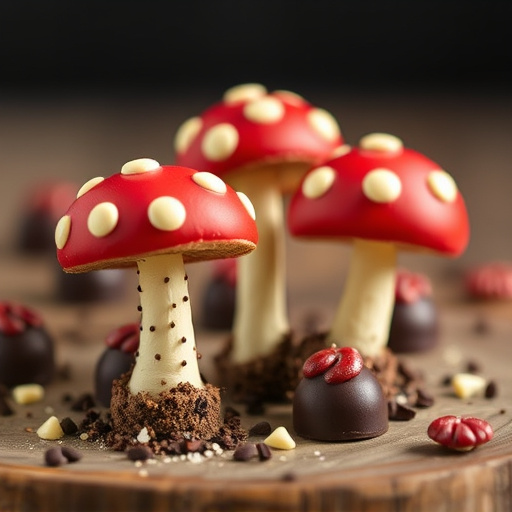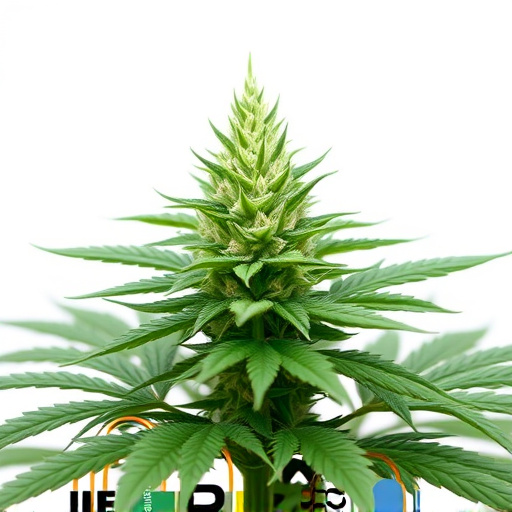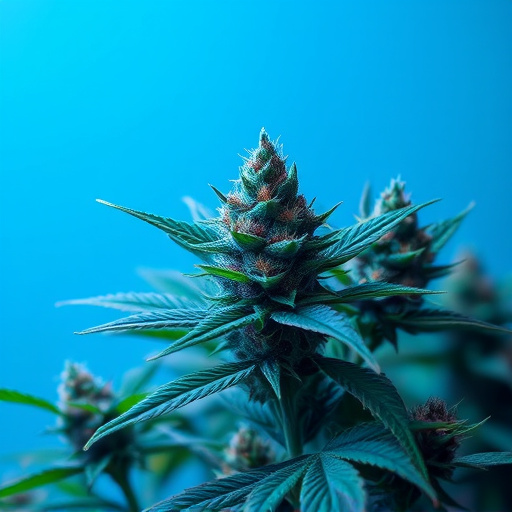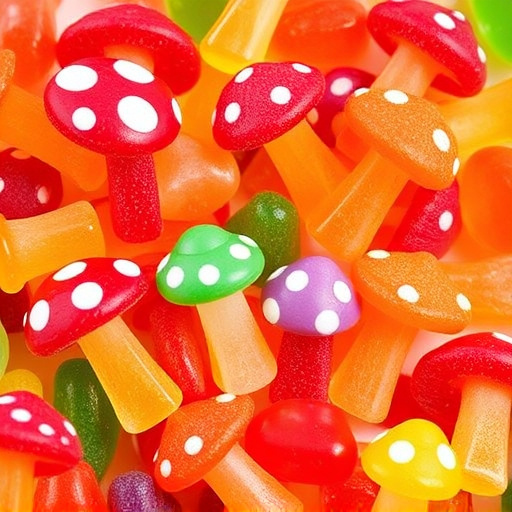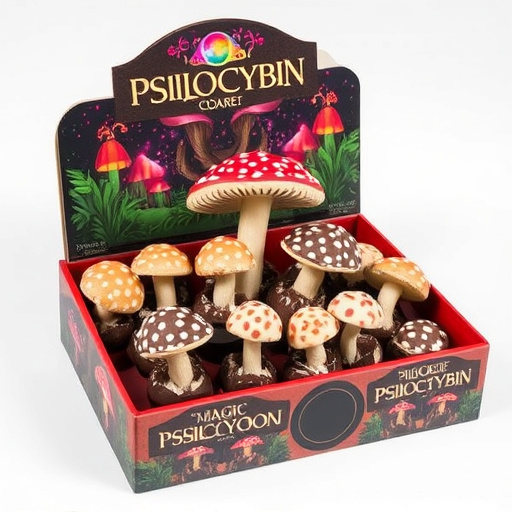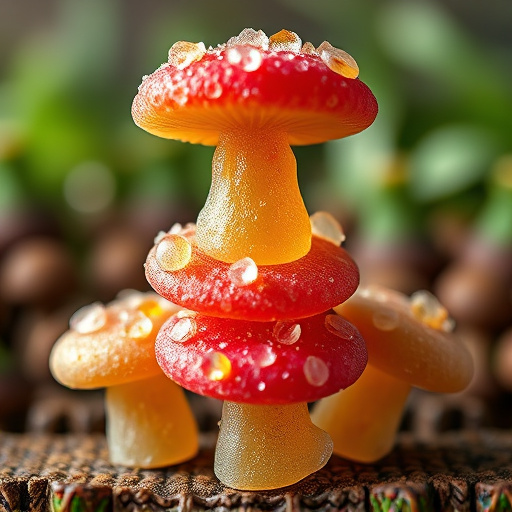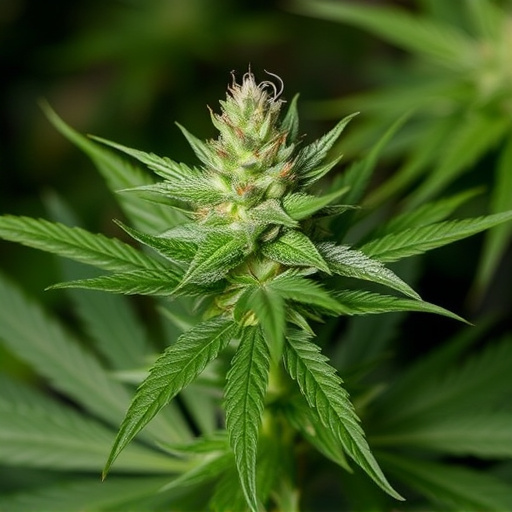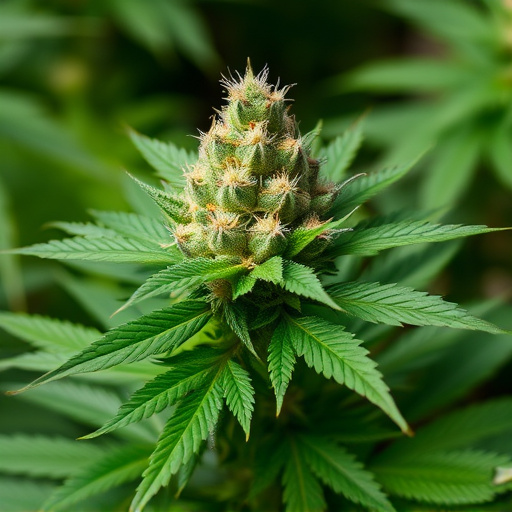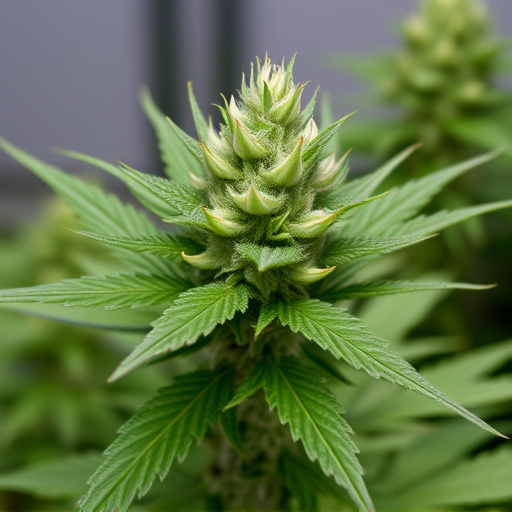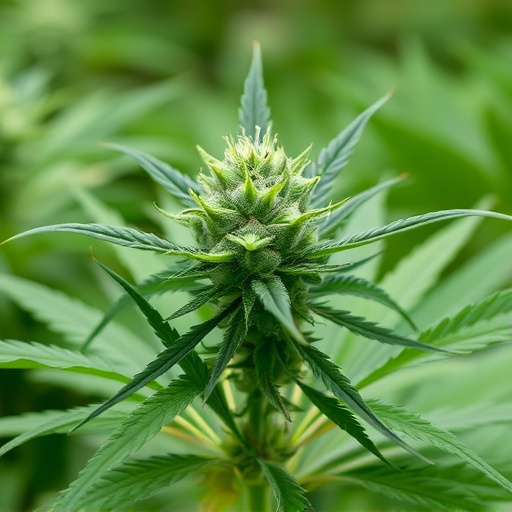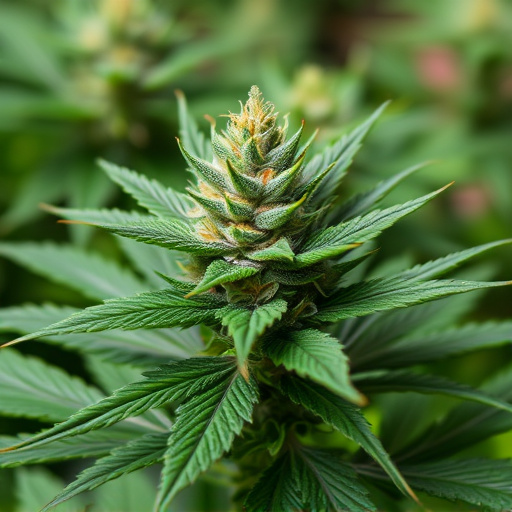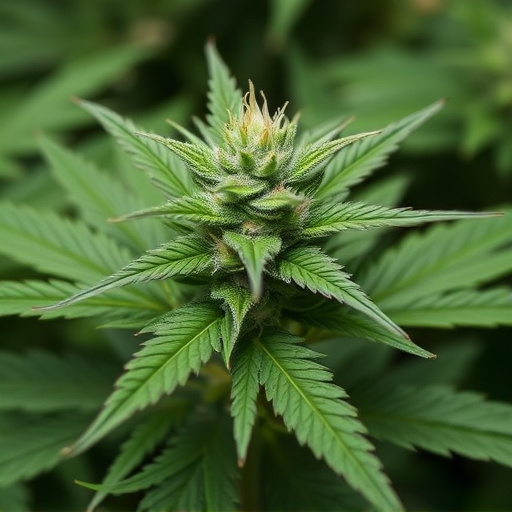The physical attributes of medical cannabis—color, texture, aroma, and scent—are key quality indicators. Top-tier strains display vibrant colors, sticky textures, and balanced floral/earthy scents, reflecting optimal growth. Conversely, lower-quality cannabis is dull, dry, and lacks appealing aromas. Recognizing these differences allows users to select the best strains for a more therapeutic experience.
Distinguishing between good and bad weed is key for both recreational users and medicinal patients. This guide breaks down the essential signs to look for in top-quality medical cannabis, from the distinct physical appearance and aroma of premium strains to their profound effects and cultivation practices. We’ll explore the best strains known for their potent therapeutic properties, ensuring you make informed choices for optimal experiences and relief.
Physical Appearance and Aroma
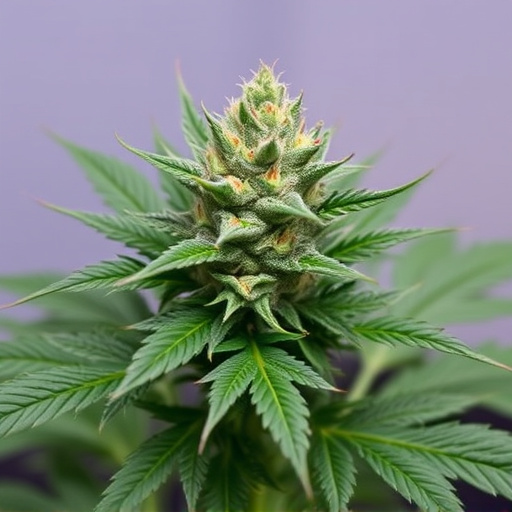
The physical appearance and aroma of cannabis can provide valuable clues about its quality. Top-tier medical cannabis, or what many consider the best strains, often exhibits a vibrant green color with hints of orange or purple hues, reflecting a healthy growth environment. Its texture should be dense and sticky, with a balanced combination of floral and earthy scents. This aromatic blend is a result of advanced cultivation techniques and high cannabinoid content.
In contrast, “bad” weed may present as dull, pale greens mixed with brown or yellow leaves, indicating nutrient deficiencies or poor growing conditions. The texture might feel dry and powdery rather than sticky, while the aroma could be overpowering, skunky, or lack complexity altogether. Distinguishing between these physical attributes helps users identify superior strains, ensuring a more enjoyable and therapeutic experience when consuming medical cannabis.
– Color and Texture
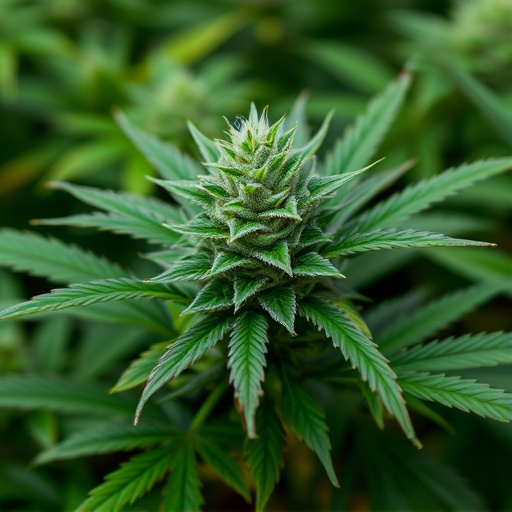
When it comes to discerning good weed from bad, one of the first things to consider is color and texture. The best strains of medical cannabis often boast a vibrant array of hues, with shades ranging from deep greens to rich browns, sometimes even tinged with purple or orange. This isn’t just about aesthetics; it’s an indicator of health. Plants that are well-cared for and free from disease will have consistent coloring throughout, without any discolored spots or patches.
Texture is another key factor. Top-quality cannabis has a sticky, resinous feel to it. The flowers should be dense, tight buds covered in a thick coat of sticky resin. This isn’t to be confused with mold or mildew, which can give cannabis an unappealing, fuzzy texture. Good weed feels firm and sturdy to the touch, while bad weed may feel dry, brittle, or even soft and mushy.
– Distinctive Scents and Flavors
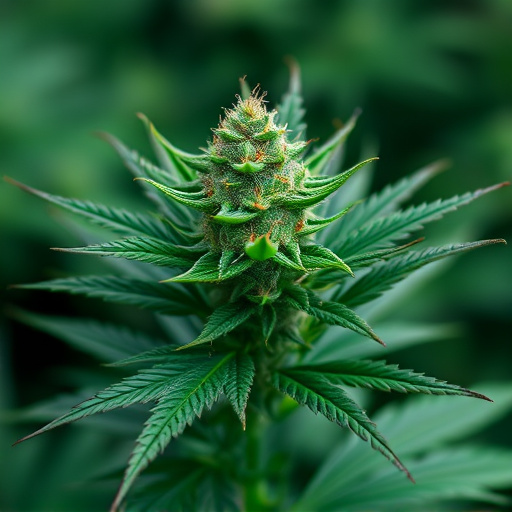
The world of medical cannabis offers a diverse range of strains, each with its unique scent and flavor profile—a true dance of aromas that can provide crucial clues about quality. When it comes to distinguishing good weed from bad, paying close attention to these olfactory cues is essential. The best strains of medical cannabis often exude distinct, pleasant aromas and flavors that are consistent and characteristic of their breed.
For instance, some strains may have a sweet, floral scent with hints of citrus or pine, while others might offer a more earthy, peppery taste. These distinctive scents and flavors not only enhance the overall experience but also serve as indicators of potential therapeutic benefits and the plant’s overall health. A well-cultivated strain will often maintain these signature aromas throughout its life cycle, ensuring a consistent and enjoyable experience for consumers.
When seeking the best strains of medical cannabis, discerning between good and bad weed is essential. By examining the physical appearance, color, texture, and aroma, you can ensure you’re selecting high-quality, potent strains. The distinctive scents and flavors not only enhance the overall experience but also indicate the plant’s potency and purity, making it easier to find relief for various conditions.
